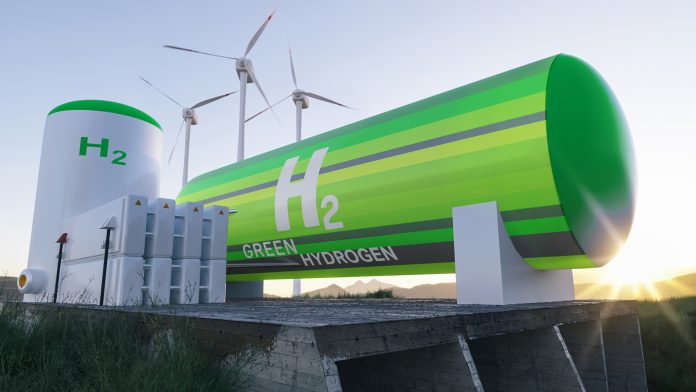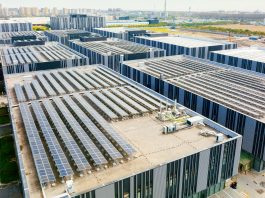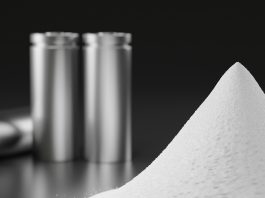Engineers in Melbourne have used sound waves to boost production of green hydrogen by 14 times, through electrolysis to split water.
Their invention offers a promising way to access cheap hydrogen fuel for a number of sectors, including transport. The application of green hydrogen in these sectors could rapidly reduce carbon emissions and help fight climate change.
By using high-frequency vibrations to divide individual water molecules during electrolysis, the team managed to split the water molecules to release 14 times more hydrogen compared with standard electrolysis techniques.
Details of the new process were published in Advanced Energy Materials.
How does electrolysis work?
Electrolysis involves electricity running through water, with two electrodes to split water molecules into oxygen and hydrogen gases, which appear as bubbles. This process produces green hydrogen, which represents just a small fraction of hydrogen production globally, due to the high energy required.
Most hydrogen is produced from splitting natural gas, known as blue hydrogen, which emits greenhouse gases into the atmosphere.
Associate Professor Amgad Rezk from RMIT University, who led the work, said the team’s innovation tackles big challenges for green hydrogen production. “One of the main challenges of electrolysis is the high cost of electrode materials used, such as platinum or iridium,” he stated.
“With sound waves making it much easier to extract hydrogen from water, it eliminates the need to use corrosive electrolytes and expensive electrodes, such as platinum or iridium. As water is not a corrosive electrolyte, we can use much cheaper electrode materials such as silver.”
The ability to use low-cost electrode materials and avoid the use of highly corrosive electrolytes were game-changers for lowering the costs of producing green hydrogen. The sound waves also prevented the build-up of hydrogen and oxygen bubbles on the electrodes, which greatly improved its conductivity and stability.
“Electrode materials used in electrolysis suffer from hydrogen and oxygen gas build-up, forming a gas layer that minimises the electrodes’ activity and significantly reduces its performance,” said Yemima Ehrnst, a PhD researcher at RMIT’s School of Engineering.
As part of their experiments, the team measured the amount of hydrogen produced through electrolysis with and without sound waves from the electrical output.
“The electrical output of the electrolysis with sound waves was about 14 times greater than electrolysis without them, for a given input voltage. This was equivalent to the amount of hydrogen produced,” Ehrnst said.
How the process improves the efficiency of other applications
The team’s groundbreaking process opens the door to using this new acoustic platform for other applications, particularly where bubble build-up on the electrodes was a challenge.
As well as its ability to boost green hydrogen production, the process is a major advancement in the field of electrodes. Professor Leslie Yeo from RMIT’s School of Engineering, explained: “Our ability to suppress bubble build-up on the electrodes and rapidly remove them through high-frequency vibrations represents a major advance for electrode conductivity and stability.
“With our method, we can potentially improve the conversion efficiency, leading to a net-positive energy saving of 27%.”
Overcoming existing challenges
While the innovation is promising in the green hydrogen and electrodes sectors, the team must now overcome challenges with integrating the sound-wave innovation with existing electrolysers to scale up the work.
Yeo concluded: “We are keen to collaborate with industry partners to boost and complement their existing electrolyser technology and integrate it into existing processes and systems.”









